Bremerhaven surprised me with three museums that really opened my eyes to history, science, and the journeys of millions. The German Emigration Center, the Climate House, and the German Maritime Museum—each one shares unique stories that changed how I see this city. Whether you’re into epic sea journeys, curious about our changing planet, or just love diving into the past, there’s something here that’ll grab you.
I wandered through each museum and felt a real connection to stories of emigration, climate discoveries, and the long history of life at sea.
The museums use real examples, interactive exhibits, and personal stories that make everything stick in your mind.
If you want to figure out what makes Bremerhaven special, these three museums are a solid place to start.

German Emigration Center: Stories of Departure and Hope
The German Emigration Center in Bremerhaven pulled me straight into the personal journeys of millions who left Europe behind. I found real stories, hands-on exhibits, and clear connections between German emigration and places like Ellis Island.
Interactive Exhibits on Migration Journeys
When I walked into the German Emigration Center, I didn’t just see displays—I got a boarding pass linked to a real emigrant from history.
I followed the journey of an individual or family through different stations. Suddenly, it was easier to imagine waiting at the port, boarding a ship, and stepping into the “New World.”
Touchscreens, audio stations, and recreated spaces—like cabins and waiting rooms—pulled these stories off the page. I learned about the reasons people left, the risks they took, and how their choices shaped their lives.
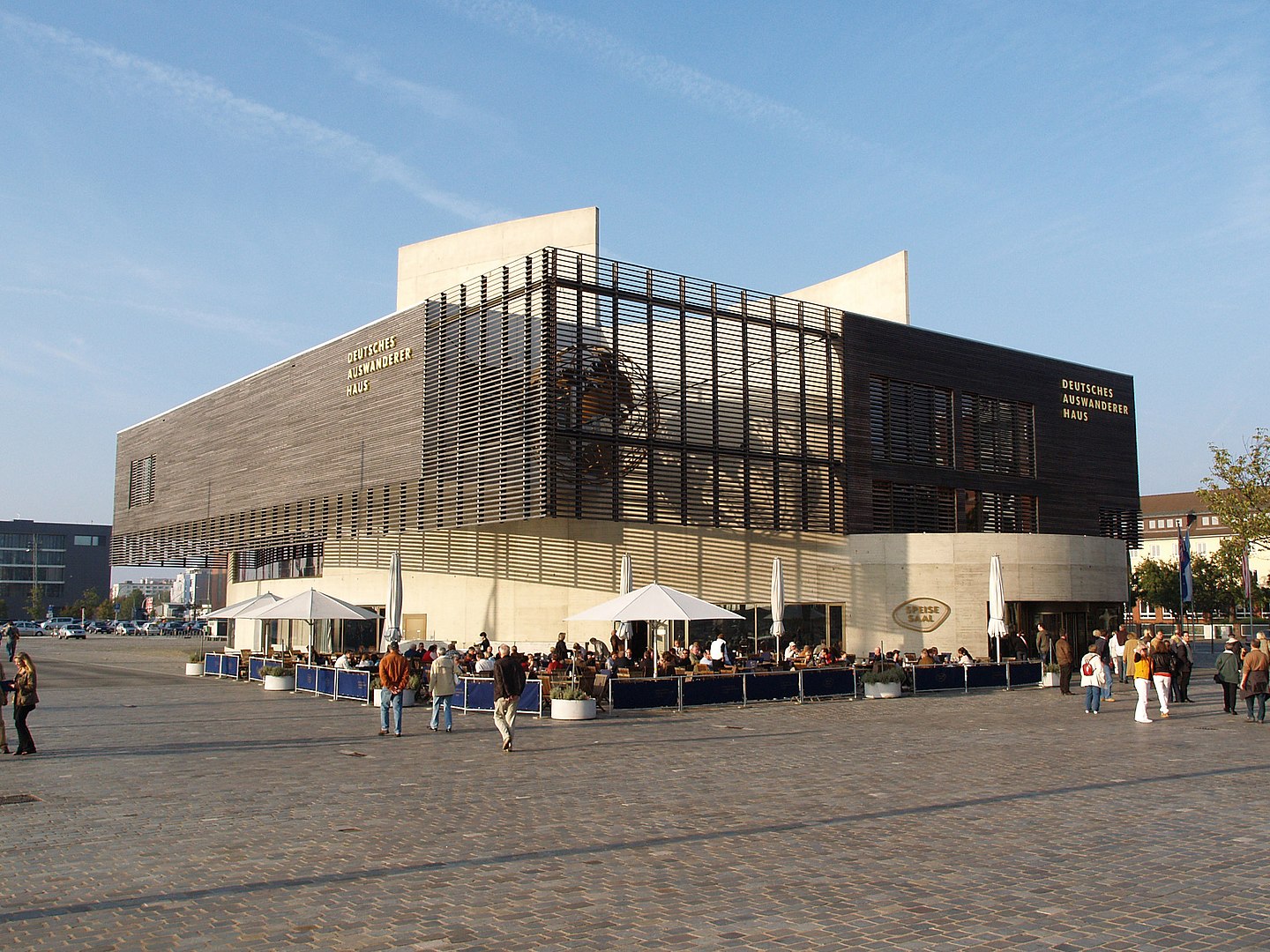
Immersive Experiences and Family Activities
This museum doesn’t just cater to adults. I watched kids explore recreated ship decks and walk through pretend ports, little suitcases in hand.
Families can jump into interactive scavenger hunts. The museum uses quizzes and hands-on stations, so even younger visitors get to experience history in a memorable way.
Special workshops and temporary exhibitions often focus on family roots or everyday life for emigrants. These programs make it easy for parents and kids to learn together, and they spark some great conversations.
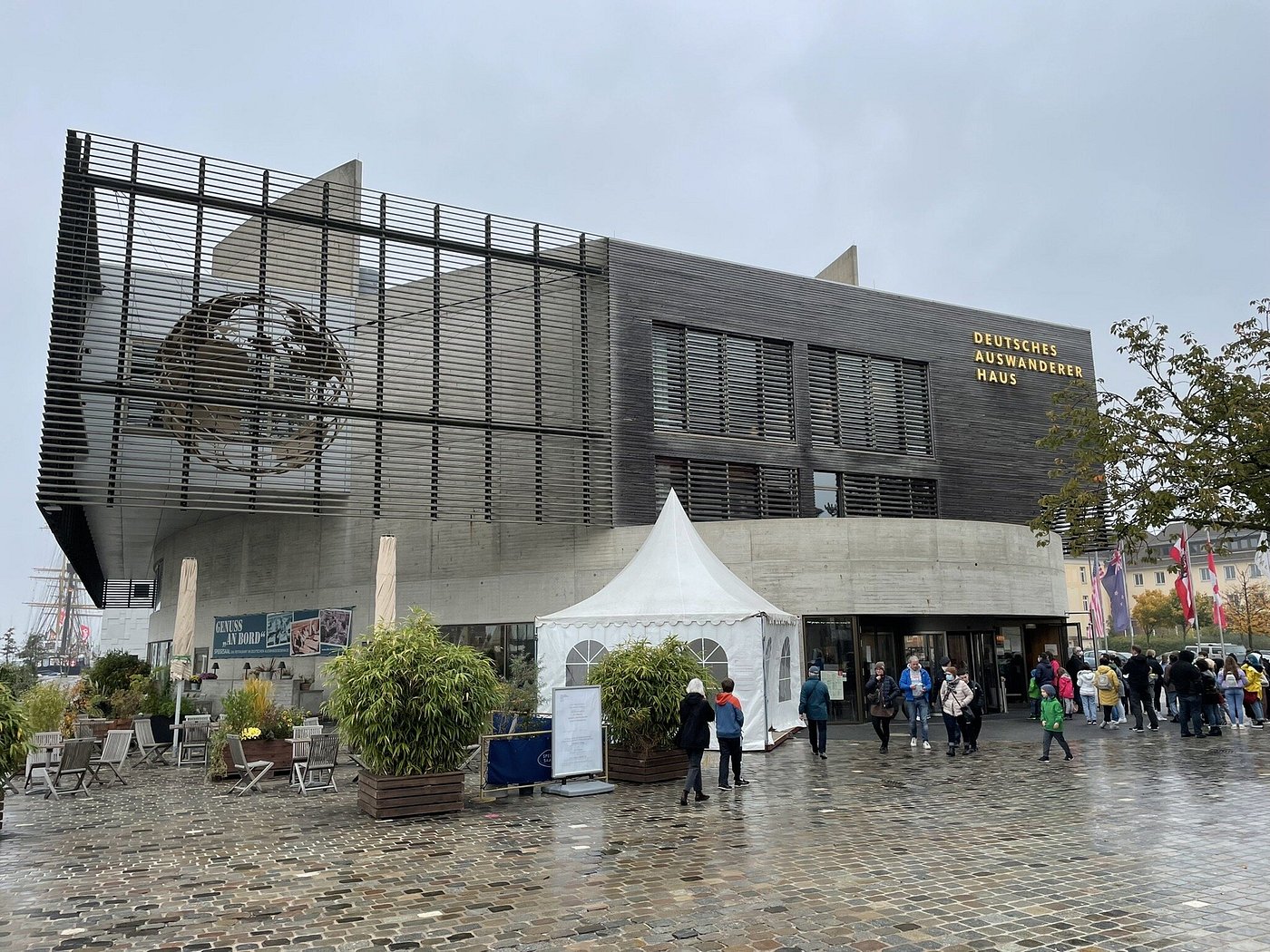
Connections to Ellis Island and Global History
The center really digs into the links between German emigration and global destinations, especially Ellis Island in New York. Exhibits compare passenger records and show how families traced their ancestors at both sites.
I read real stories of families who passed through Bremerhaven and then Ellis Island, which highlights common threads in migration history. Maps and timelines show how these journeys shaped countries everywhere.
Historical objects, personal letters, and digital records helped me trace the global paths of emigrants. I left with a much better sense of migration’s scale and its ripple effect across the Atlantic and beyond.
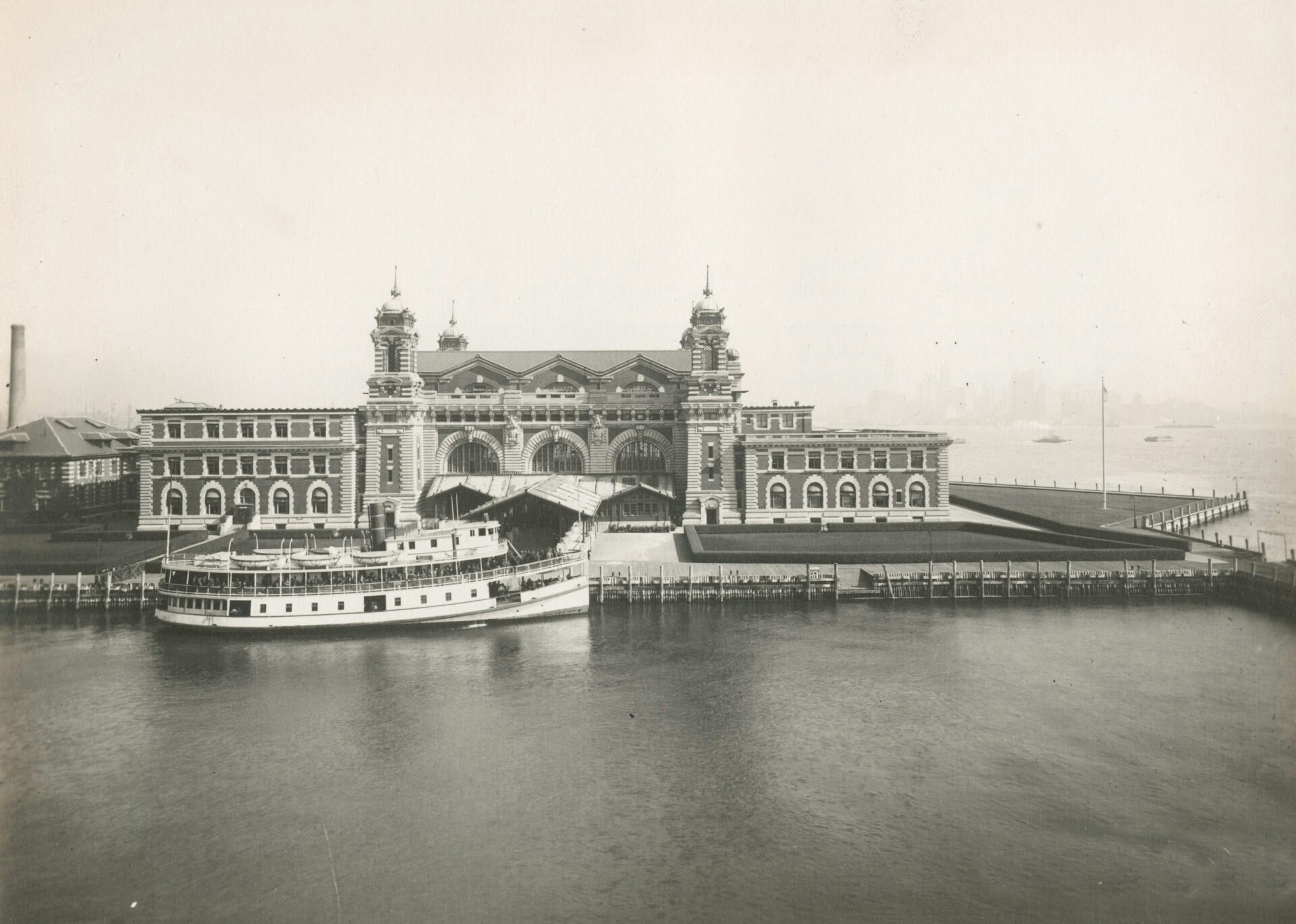
Climate House Bremerhaven 8° Ost: A Journey Through Earth’s Climate Zones
At Climate House Bremerhaven, I went on an immersive tour through the world’s climate zones, getting up close with the planet’s weather and ecosystems. This science museum brings interactive learning to a new level, mixing real examples with hands-on exhibits about everything from wild weather to global warming. It makes climate science feel accessible for everyone.
Exploring Global Climate Zones
I started my visit by following the 8th degree of eastern longitude around the world. This route let me step into places with totally different climates—from the sticky heat of the tropics to the freezing cold of Antarctica.
Each area is recreated with impressive detail—sights, sounds, even temperature changes—so I could really feel what life is like in places like Samoa, Niger, Switzerland, and the South Pole.
With over 5,000 square meters of exhibits, Klimahaus gave me a real sense of how weather, geography, and natural forces shape everyday life in each zone.
I liked that the layout made the connection between location and climate so easy to grasp. Walking through these different environments made geography and weather feel surprisingly real.
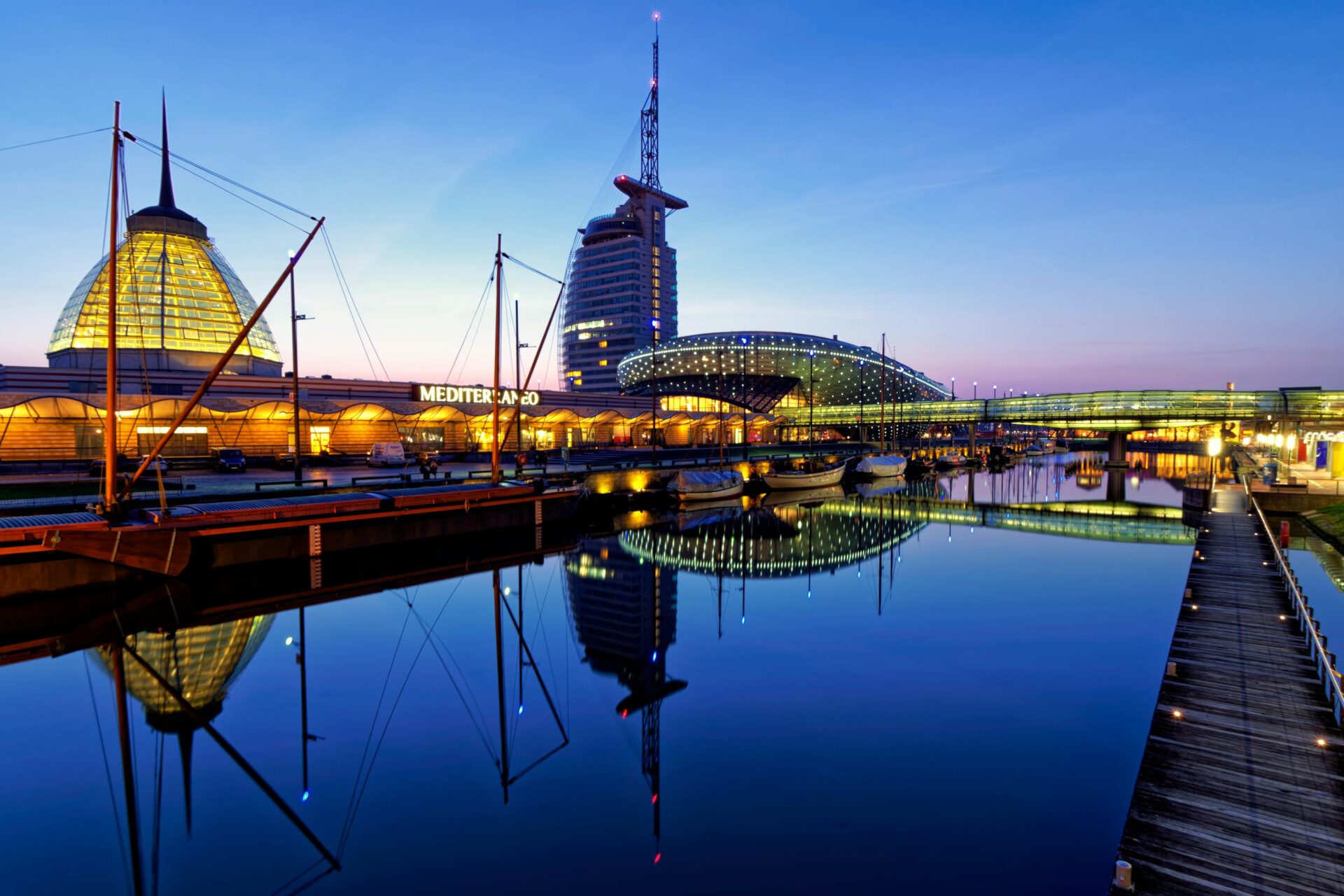
Hands-On Science and Climate Change Education
Climate House isn’t your average museum. Multimedia displays, interactive exhibits, and even small aquariums teach about climate and science in a way that actually sticks.
I tried hands-on experiments that showed me how climate systems work, like the Greenhouse Effect and wind patterns. For kids, there are special areas with simple activities and games, so even the trickiest science topics become easier to understand.
There are lots of chances to ask questions or join educational workshops. Many displays are created with scientific institutions like the Alfred Wegener Institute, so the info is always up-to-date.
Learning the science behind climate change gave me a much clearer picture of why Earth’s climate matters to everyone.
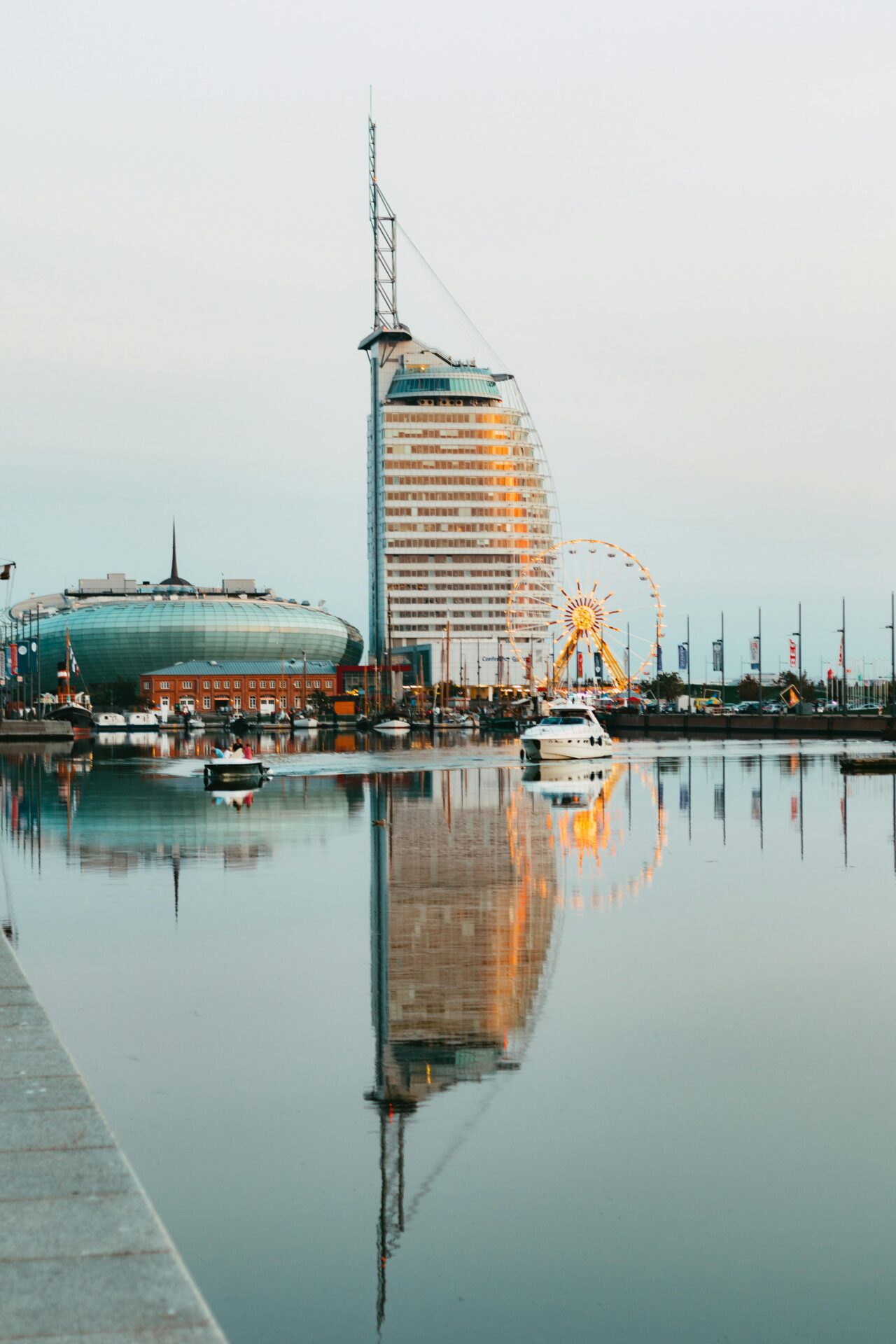
Global Warming and Sustainability Initiatives
The museum devotes plenty of space to global warming and how our actions are changing the planet. I saw models showing rising global temperatures, melting polar ice, and sea level changes.
Sections on everyday choices—like what we eat or how much energy we use—really drive home how our habits affect the climate. The exhibits use clear examples, not just dry statistics, to show what could happen if we don’t adapt.
Lists of practical sustainability tips pop up throughout, so it’s easy to leave with ideas you can actually use at home or school. I left feeling like individual and community choices really can make a difference.
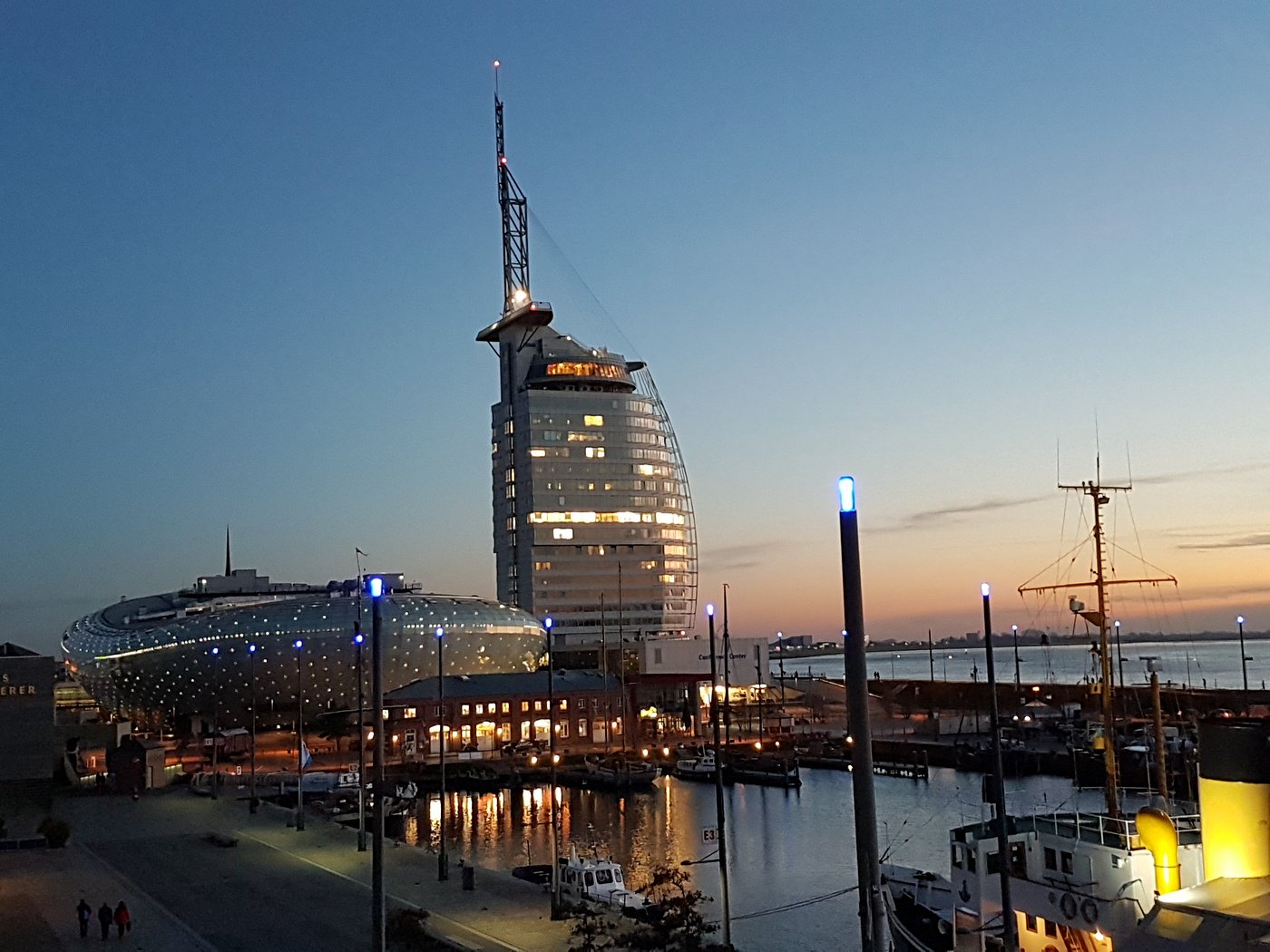
German Maritime Museum: Navigating Seafaring History
The German Maritime Museum (Deutsches Schifffahrtsmuseum) in Bremerhaven brings Germany’s seafaring past to life. The museum is packed with rare artifacts, famous ships, and detailed displays about both technology and daily life at sea.
Famous vessels, military history, and research ships each get their moment in the spotlight.
Historic Ships and the German Maritime Heritage
As soon as I stepped inside, I found myself drawn to the full-scale ships and historic boats. The real showstopper is the Bremen Cog, a medieval trading vessel from 1380—apparently the best-preserved of its kind anywhere. Seeing this ship up close made maritime history feel tangible.
The galleries explore Germany’s long maritime tradition, from old-time fishermen to the busy trade routes that turned Bremerhaven into a port city. I saw ship models, navigation tools, and sailors’ belongings from different eras.
Information panels and diagrams explained how these vessels powered trade, emigration, and travel.
A timeline mapped out the major eras of German shipping, covering both peaceful journeys and risky crossings. The museum’s displays make it clear how much the sea has shaped German commerce and daily life.
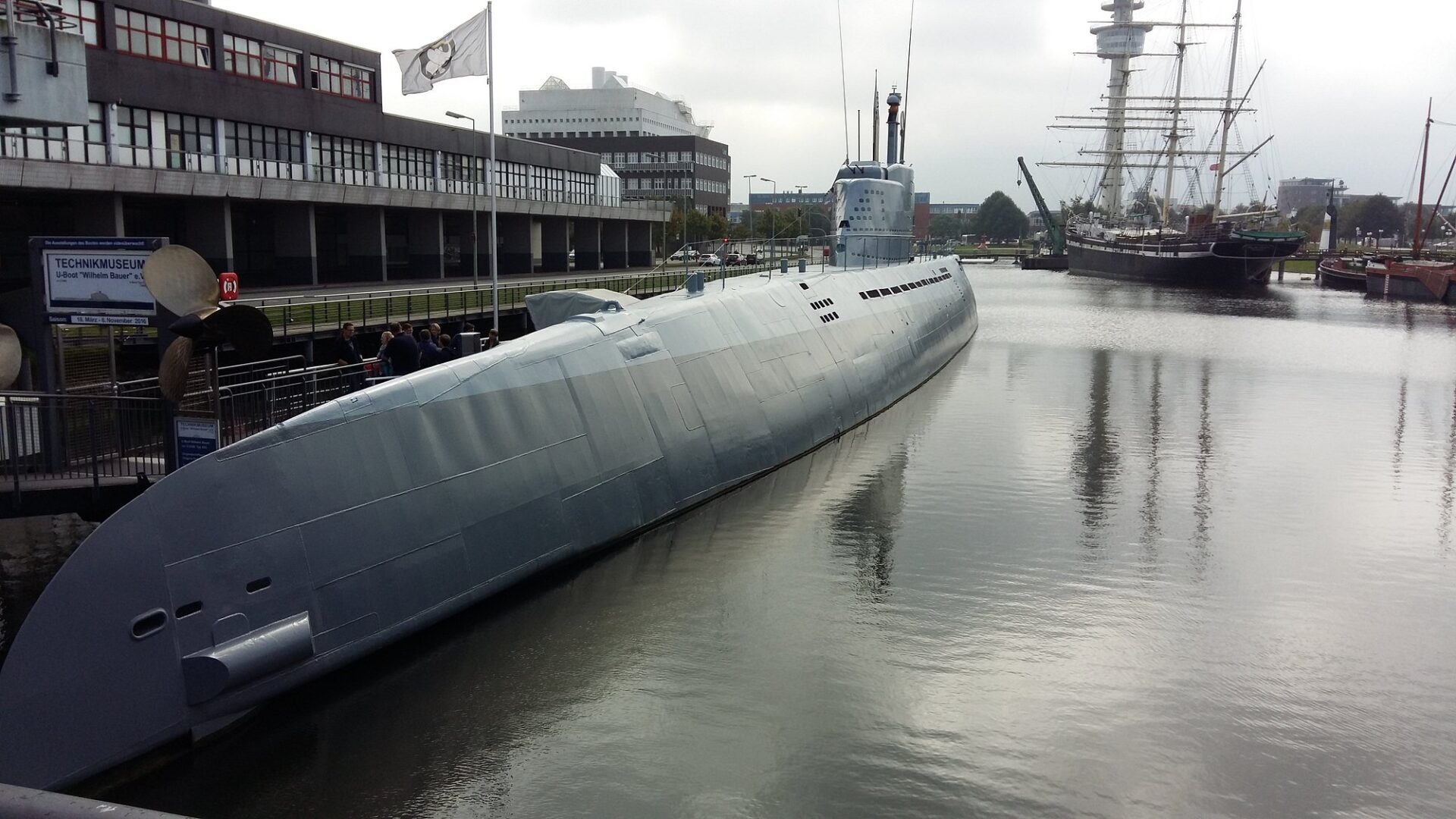
World War II Maritime Exhibits
The museum dives into Germany’s maritime role in World War II with rare documents, detailed models, and preserved artifacts. One highlight: a set of naval uniforms, tools, and personal items used by mariners during the war. These objects give a glimpse into both the hardships and technical advances of wartime.
Photographs and maps break down major naval battles and trade routes under threat. Cargo ships, supply lines, and submarine warfare each get their own spotlight, supported by clear, easy-to-read charts.
Stories from individual sailors really stuck with me.
Interactive screens let me dig deeper into key events, like the Battle of the Atlantic. The displays tackle tough topics head-on and keep the history honest.
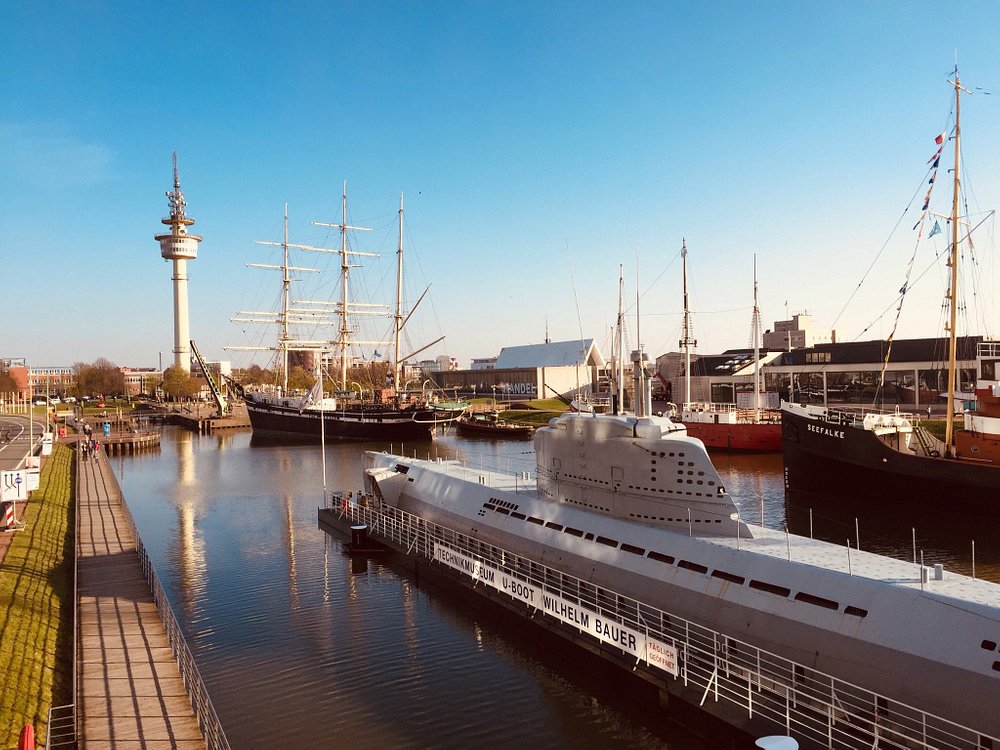
Research Vessels, Tall Ships, and Submarine Wilhelm Bauer
Outside, the harbor area is home to some of the museum’s most impressive sights. The submarine Wilhelm Bauer (U-2540) is open for tours, so you can walk through its narrow passageways and check out the equipment submariners used.
Details about life on board and the sub’s postwar story are scattered throughout.
Right next to it, the Schulschiff Deutschland—a traditional tall ship—waits for visitors. Climbing aboard, I could see the rigging, living quarters, and the bridge. Diagrams show how these tall ships trained generations of sailors.
A handful of research vessels highlight Germany’s role in ocean science. These ships come with modern tools for exploring and studying the sea. Clear signage explains their missions, technology, and the impact they’ve had on understanding the oceans.
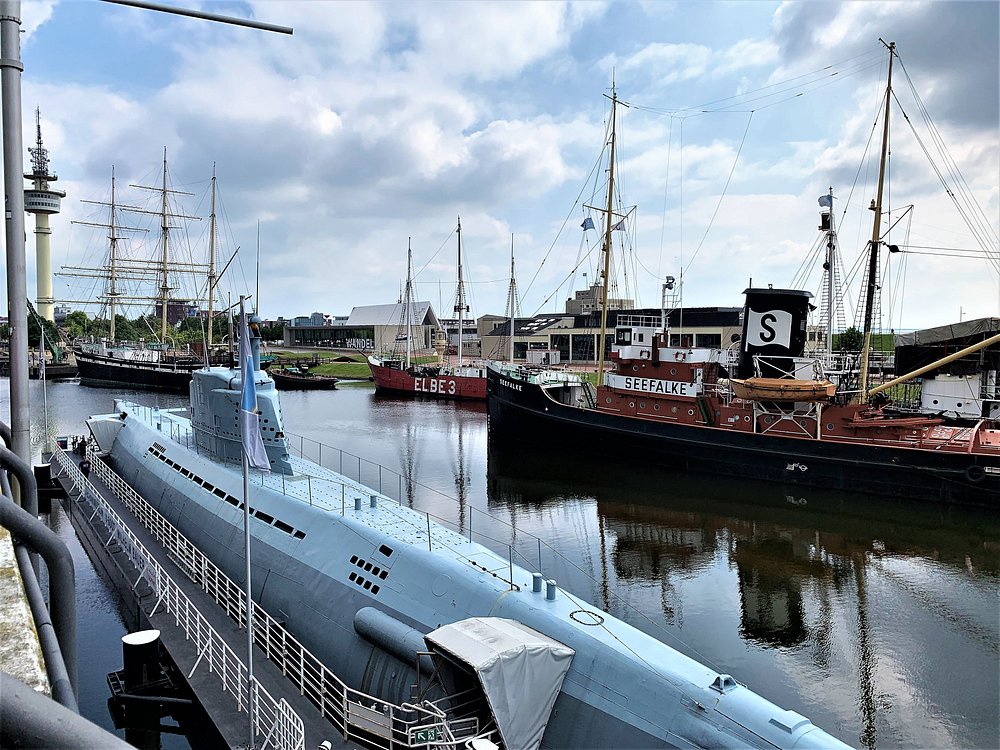
Havenwelten and Cultural Attractions Around the Museums
Bremerhaven’s Havenwelten area is so much more than just three fascinating museums. The modern harbors, lively art galleries, and hands-on family attractions mean there’s something for everyone in this seaside city.
Harbor Worlds and Fischereihafen: Maritime Life
Havenwelten, or “Harbor Worlds,” is the beating heart of Bremerhaven’s waterfront. This modern district stretches along the Weser dike and brings together many of the city’s biggest draws in one walkable area.
Every time I visited, I noticed maritime life everywhere—historic ships, docks, and marinas, with the fresh breeze always nearby.
Walking through the Fischereihafen (Fishery Harbor), I saw old fishing vessels now serving as museum ships. Fishermen still bring in their catch here, and nearby seafood restaurants serve local specialties.
Karlsburg 1, a historic warehouse, stands as a reminder of the area’s trading roots.
The mix of old and new keeps the area buzzing. Streets near the water are lined with cafes, small shops, and exhibits about Bremerhaven’s role as a major emigration port and marine research center.
I enjoyed wandering between the harbors and museums—it gave me a real feel for how much the sea matters here.

Kunstmuseum Bremerhaven: Art in a Seaside City
If you love art, Kunstmuseum Bremerhaven is a must. The museum’s collection covers 20th and 21st-century art, with paintings, sculptures, and photos by both local and national artists.
The building’s modern design fits right in with the maritime setting.
Exhibitions change regularly, so there’s always something new. Many pieces capture Bremerhaven’s light, port views, or seaside history.
I like how the curators mix established and emerging artists from the region.
Kunstmuseum also hosts creative workshops and events. Visitors get a chance to learn from artists or try out new techniques. It’s a refreshing cultural stop between the bigger museums in Havenwelten.
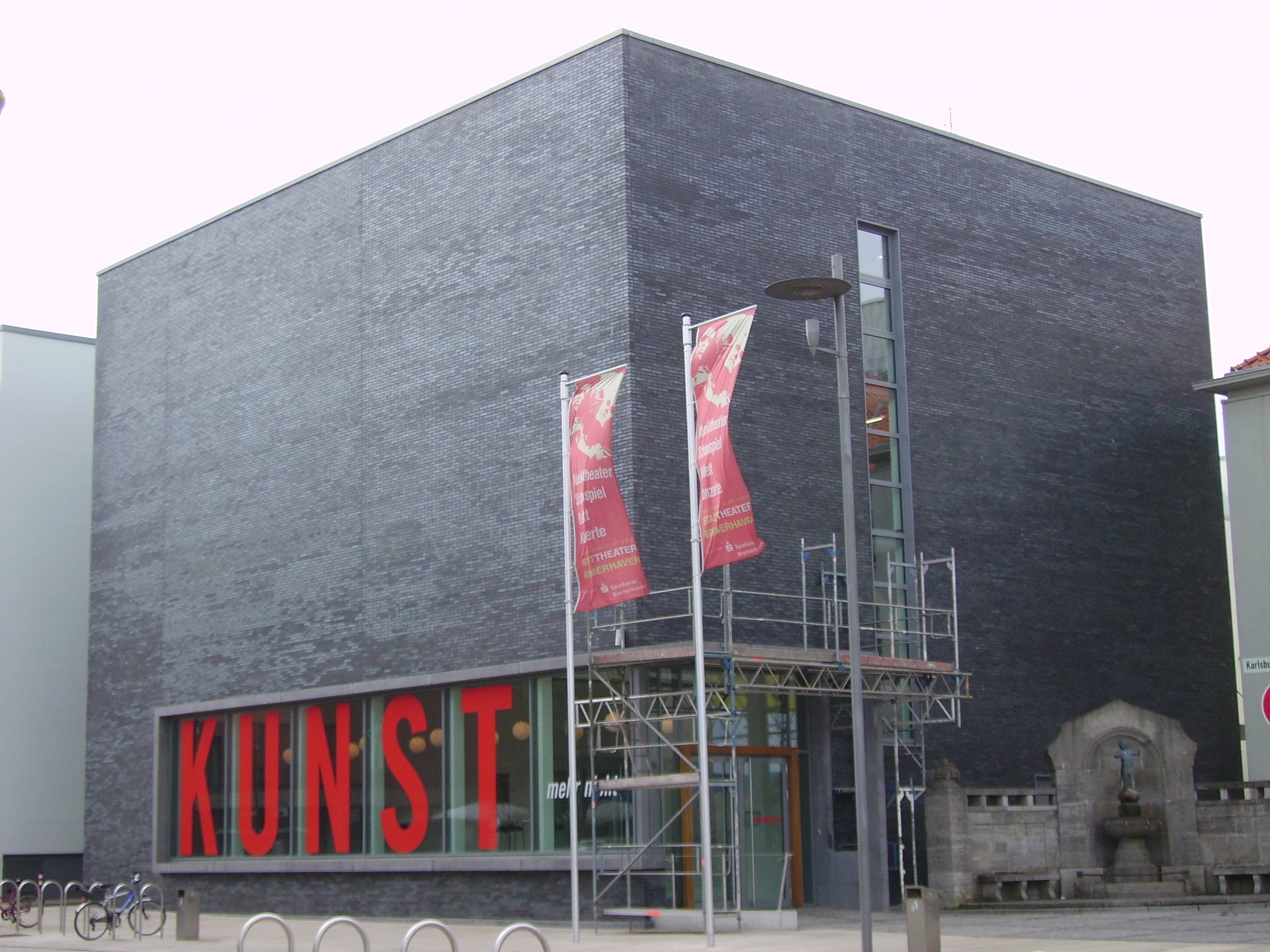
Family-Friendly Things to Do Beyond Museums
Havenwelten makes it easy to keep kids entertained. Right next to the museums, the Zoo am Meer focuses on animals that live by the water—like seals and penguins. Its small size makes it perfect for a quick, memorable visit.
There are outdoor play areas along the waterfront.
I also spotted interactive science centers and model ship exhibits nearby. These attractions encourage hands-on learning, so kids can touch, build, or play as they discover new things.
For a change of pace, Lloyd Marina is close by. Families can watch ships come and go or rent bikes for a ride along the harbor.
And honestly, eating fresh fish sandwiches by the water? That’s a must when you’re in Bremerhaven.
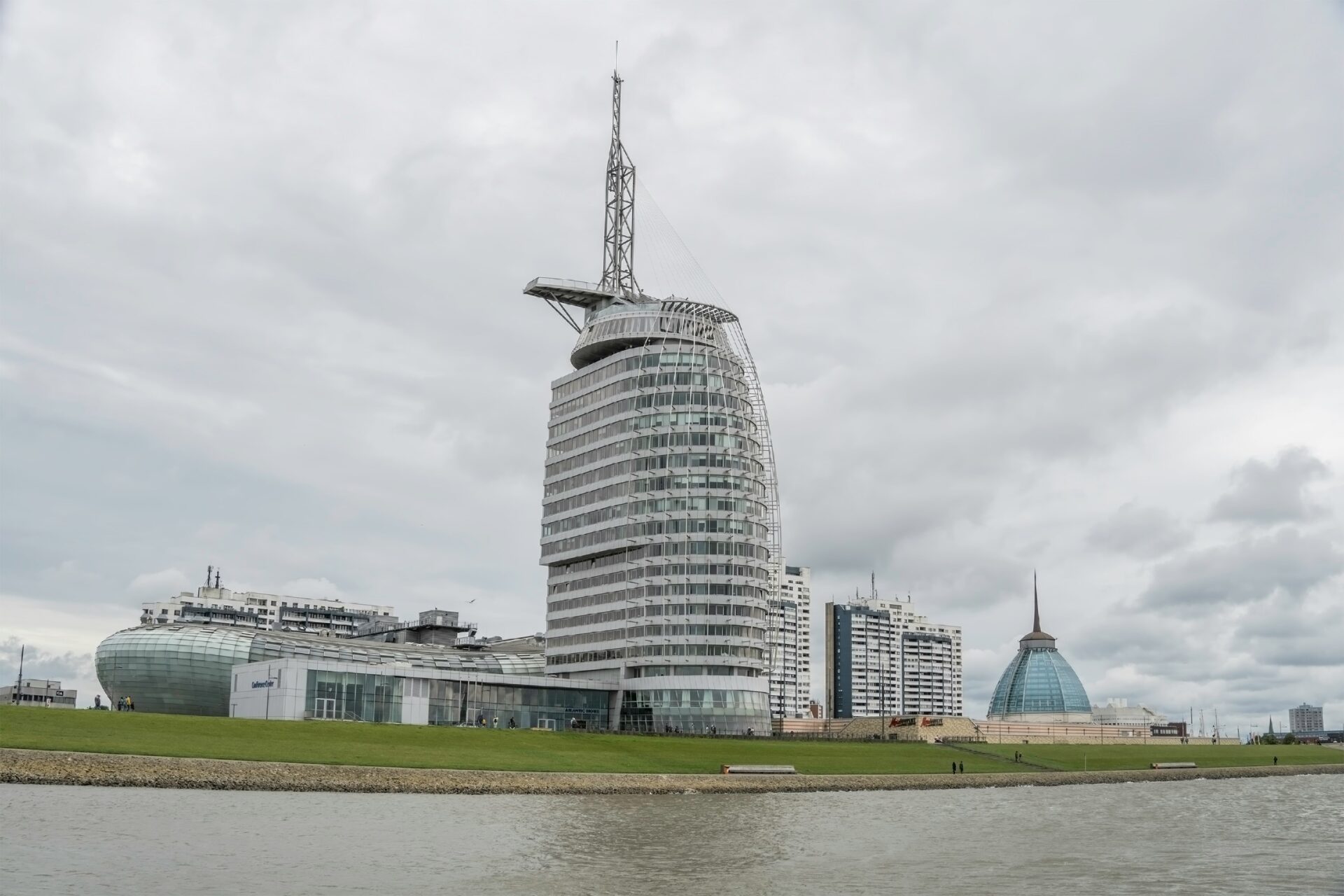
Zoo am Meer: Wildlife Encounters on the North Sea
Zoo am Meer sits right by the North Sea and stands out for its focus on animals from cold and coastal habitats. I found the zoo easy to navigate, and the glass viewing panels made animal watching accessible for everyone.
Polar Bears and Seals: Marine Wildlife
The zoo’s main attraction, at least for me, was definitely the polar bears. Their enclosure mimics Arctic conditions, so you can watch them act naturally through huge glass windows.
The twin polar bears, Anna and Elsa, moved gracefully both in water and on land.
Seals were another highlight. The zoo features both harbor and South African fur seals.
I watched them swim, dive, and sunbathe up close. Feeding times always drew a crowd, and the staff explained seal habits in simple language.
Sea lions also have a home here, with active enclosures that suit their playful nature.
Here’s a simple comparison of the main marine animals:
| Animal | Native Area | Main Feature |
|---|---|---|
| Polar Bear | Arctic | Large pool, rocky area |
| Harbor Seal | North Sea | Underwater viewing |
| Fur Seal | South Africa | Playful, social |
| Sea Lion | Coastal Pacific | Noisy, interactive |
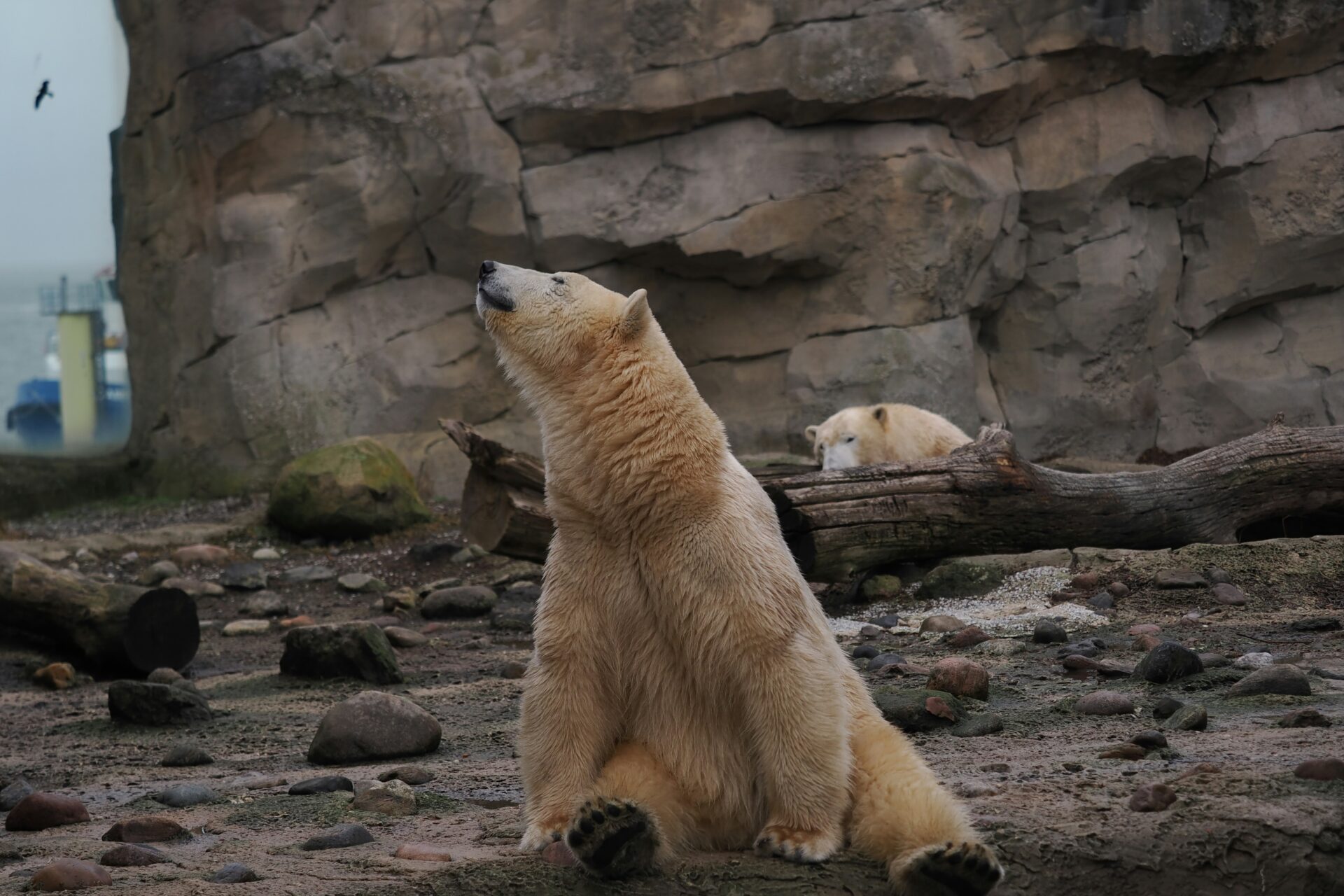
Zoo at the Sea: Educational and Family Experiences
Zoo am Meer really shines when it comes to education. I wandered past interpretive signs that explained each animal’s habitat, their role in the wild, and why conservation matters.
For families, the storytelling felt clear and easy to follow. I heard kids firing off questions, and the staff always seemed happy to jump in with answers.
They put special windows at kid height and in wheelchair-friendly spots. Everyone in my group got a good look at the animals, which honestly made the whole visit feel more personal.
On busy days, the zoo runs interactive talks. Kids can join in short quizzes or go on little hunts for animal tracks hidden around the enclosures—keeps things lively.
Family tickets don’t break the bank, and you can roll a stroller anywhere. The place isn’t huge, so I never felt rushed and could circle back to favorite enclosures without hassle.
For younger kids, play zones sit right along the main paths. Parents can watch both the animals and their little ones without missing out.
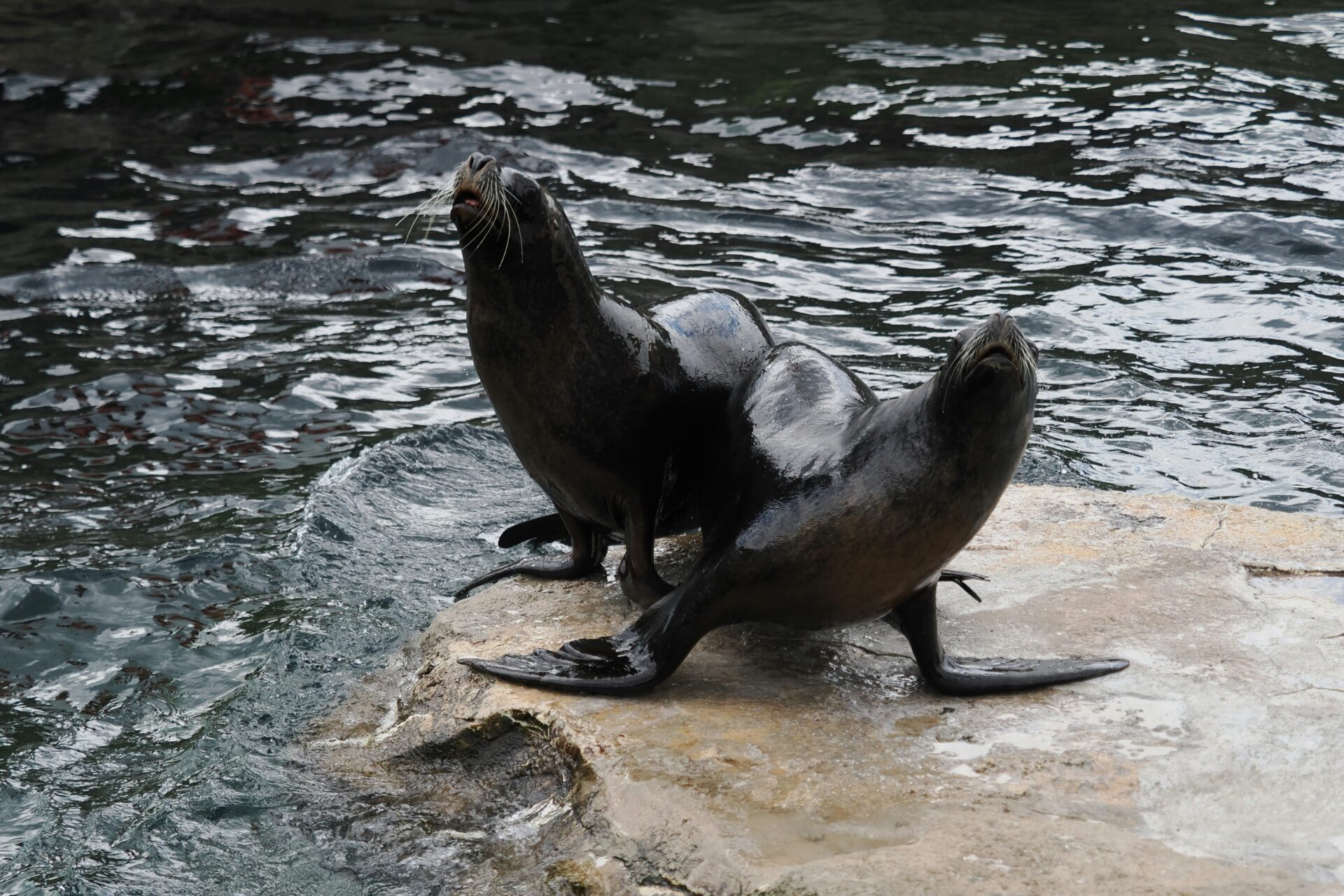
Special Events on Sundays and Holidays
Visiting on a Sunday or holiday just brings a different energy to the whole experience. Zoo am Meer loves to roll out themed days, animal presentations, and sometimes special feeding sessions when the crowds are a bit bigger.
One Sunday, I actually jumped into an interactive seal feeding. The keepers walked us through their training methods and took time to answer questions from anyone curious enough to ask. It felt way more personal than the usual zoo visit.
Holidays take things up a notch. You’ll often find craft tables set up, scavenger hunts happening, or wildlife-themed games scattered around the grounds. Families tend to gather near the polar bear enclosure or over by the aquarium, waiting for educators to kick off their scheduled talks. There’s a real buzz in the air during these events.
If you’re thinking about going, definitely check the zoo’s website for the latest schedule. I’d recommend booking ahead if you’ve got your eye on animal feedings or hands-on workshops—those spots fill up fast. The best part? These special events are already covered in your ticket, so anyone can join in without paying extra.

